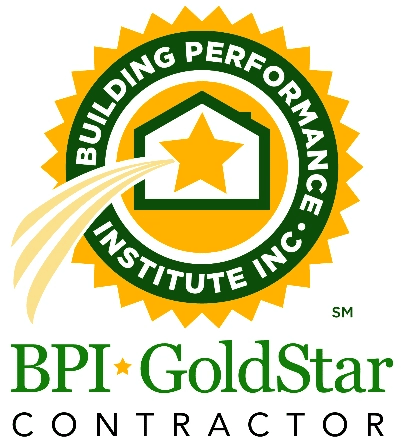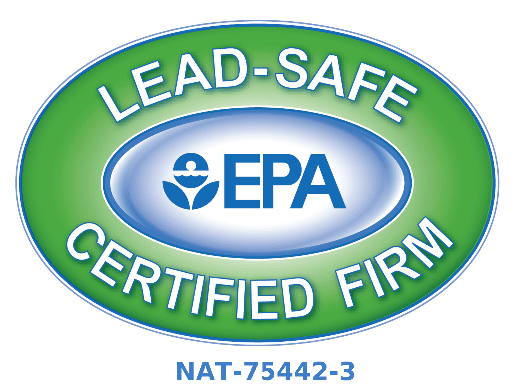Referenced from NYSERDA
Commercial Tips for Business
Batteries
- Rechargeable batteries for products like cordless phones and PDAs are more cost effective than standard batteries.
Boiler
- Make sure buildings have annual combustion testing and boiler tune-ups. Install or improve existing insulation on your boilers. Consider an economizer to recover waste heat.
- Consider installing multiple small boilers. If building loads are highly variable—and this is often the case in commercial buildings—multiple boilers are a good option.
Building Design
- Use whole-building design techniques that consider all building energy components and systems.
Building Energy Modeling
- Develop an energy model of the building using simulation software. Modeling helps in making critical decisions about a building’s design early in the process. Commercial reference buildings can be used as starting points with simulation software.
Carpooling
- Offer your employees incentives to use public transportation, encourage carpooling, reduce unnecessary travel, and choose fuel-efficient shipping methods.
Cars
- Install low-rolling resistance tires which improve the fuel economy of your vehicle.
- Keep vehicle engine properly tuned.
- Properly inflate vehicle tires.
- When traveling, use cruise control to save gas.
- Vehicle rooftop luggage racks, kayak holders, and ski racks add weight, reduce aerodynamics and decrease fuel efficiency.
- Consider purchasing a fuel-efficient hybrid vehicle.
- Consider purchasing a diesel vehicle which is more efficient than vehicles that use gasoline.
- Research the miles per gallon rating when purchasing a vehicle.
Ceiling Fan
- When possible, turn off the air conditioner and open the windows at night or install and ENERGY STARR ceiling fan. Ceiling fans can help reduce the need for air conditioning.
Commercial Clothes Washers
- Install high-efficiency commercial clothes washers, which can cut energy costs up to 50% and last five to ten years longer than standard, top-loading machines.
Commercial Food Equipment
- Purchase ENERGY STAR qualified commercial food service equipment. Qualified refrigerators and freezers can save over 45% of the energy used by conventional models.
Computer
- Consider buying a laptop for your next computer upgrade. They use less energy than desktop computers.
Commercial Cooking
- Consider replacing some or all electric cooking equipment with comparably sized gas-fired equipment.
- Turn off backup fryers and ovens during low production periods.
Dampers
- Verify that outside air dampers are closed completely during unoccupied periods.
Doors
- To save energy, keep your exterior and freight doors closed as much as possible.
- Install door bottoms, threshold, or door “shoes” to seal gaps beneath exterior doors.
Drapes/Shades
- In cold weather, take advantage of the sun’s warmth by keeping drapes open during daylight hours.
- In hot weather, keep your shades down and the drapes drawn during the hottest time of the day and open them at night.
Dryer
- Keep your clothes dryer’s outside exhaust clean. A clogged exhaust lengthens drying time and increases energy use.
EPA Materials
- Order brochures and posters from the EPA to promote saving energy in your workplace.
- Use EPA’s ENERGY STAR Facility Energy Assessment tool to evaluate your energy management practices and save money.
Exhaust Systems
- Turn off exhaust systems when not needed. Add variable frequency drives to fan motors.
Exit Signs
- Install ENERGY STAR qualified exit signs to save up to $10 dollars per sign annually in energy costs and prevent up to 500 pounds of greenhouse gas emissions.
Commercial Freezers
- Install automatic door-closers and strip curtains on walk-in freezers or coolers.
Holiday Lights
- Set holiday lights on a programmable timer or a photosensor that detects dawn and dusk.
HVAC
- Tune up your heating, ventilating and air conditioning (HVAC) system annually.
Light Switches
- Color code or mark light switches and circuit breakers that can be turned off when not needed.
Lighting
- If you have fluorescent fixtures with T12 (1.5″ diameter) bulbs, replace the bulbs and ballasts with High Performance (HP) T8 (1″ diameter) bulbs and electronic ballasts. HP T8 systems provide better quality light, last 25% longer and can save you 20 – 40% in energy usage.
- Replace incandescent light bulbs with ENERGY STAR qualified compact fluorescent lamps (CFLs). CFLs use 75% less energy and last about 10 times longer.
- When possible, incorporate daylighting into your total lighting approach. Daylighting technology, including photosensors and dimming ballasts, have come down in price in recent years, making the opportunity to incorporate daylighting a more cost-effective solution than in the past.
- Save on your lighting maintenance costs by investing in ENERGY STAR-qualified LED lights. ENERGY STAR-qualified LEDs last 35 to 50 times longer than incandescent lighting and 2 to 5 times longer than fluorescent lighting. They also come with a minimum three-year warranty and will even help reduce your cooling costs since they produce very little heat.
- Install a motion sensor and/or a photosensor to prevent outdoor lights from operating during daylight hours.
- Use occupancy sensors in private offices and conference spaces so they are not lit when vacant.
- Install switch plate manual-on, auto-off occupancy sensors in proper locations to automatically turn off lighting when no one is present.
Motors
- Maintain equipment motors and use the right-size motor for the application. Install variable frequency drives for fluctuating loads, and replace old motors with NEMA premium efficiency motors.
Office Equipment
- Set copiers, printers, fax machines and other office products to standby mode when not in use.
- Turn off office equipment during non-production periods.
Pools/Hot Tubs
- Install solar water heating systems for pools/hot tubs. Use covers when the area is closed.
Power Strip
- Plug your TV, computer, and other electronics into a power strip to centrally “turn off” all appliances and save energy.
Printers
- Default all printers to double-sided printing.
- Use ink-jet printers. They consume 90% less energy than laser printers.
Refridgerators
- Make sure the refrigerator seals around the door are airtight. If not, replace them.
Commercial Refridgerators
- Service large and walk-in refrigeration systems annually, including cleaning, refrigerant top off, lubrication of moving parts, and adjustment of belts to ensure efficient operation and longer equipment life.
Staff Lounges
- Provide centralized staff lounges for cooking/kitchen equipment.
Steam
- If your facility uses steam, maintain steam traps regularly and know how to identify non-performing traps.
- Repair/replace faulty steam valves and repair leaks.
Stove
- Make sure oven doors fit tightly by adjusting door latches, and that gaskets are in good condition.
Toilet
- Avoid installing automatic flushers which waste water and energy.
Train Staff
- Develop a program to educate and motivate employees on ways to save in the office.
- Train maintenance staff and occupants on energy-efficient and renewable energy technologies.
Water Fixtures
- Typical hotels use 218 gallons of water per day per occupied room. Water-efficient fixtures can reduce water and sewer bills by up to 30%. Low-flow showerheads, sinks, toilets can reduce water and sewer bills by 53%.
Water Heaters
- Buy an ENERGY STAR-qualified water heater. In areas of infrequent use, consider tankless water heaters to reduce standby storage costs and waste.
Water Usage (Schools)
- Reduce water consumption by 25%–75% with water conservation fixtures, implementing greywater or rainwater catchment systems and using xeriscape practices.
Whole Room Switches (Hotels)
- For hotels, install whole room switches (often turned on/off by card, reducing lost cards).
Retrocommissioning
- Optimize your building’s energy system through retrocommissioning.



